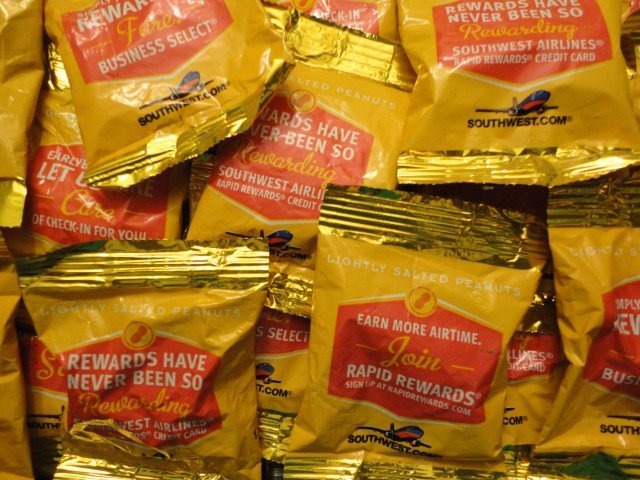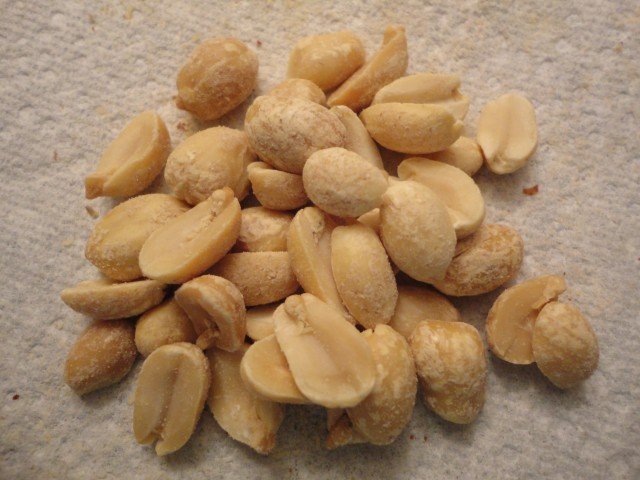Most of us never think anything of the bag of peanuts that is now served on most domestic airline flights in the United States. We either decline or accept the bag with resignation, remembering a time when there were more than peanuts and pretzels served. I travel a lot, spending most weeks traveling between home and a client’s location somewhere in the United States. For years I would just eat the peanuts in the hope that the time spent chewing would help make the flight go faster. Then one day out of sheer boredom and maybe for the need to freak out the passenger next to me, I started to count the number of peanuts in the bag and record the count on my Blackberry.
Over a number of flights I began to notice that there was a significant variation in the number of peanuts in each bag. I know enough about food packaging that the peanuts are portioned by weight versus count and that the range of the number of peanuts could vary based upon the weight of each peanut. I also realized that to record the number of whole peanuts versus peanut halves was impossible since handling of the peanut bags would inevitably separate the whole peanuts into halves. In addition to this, I only kept bags of “lightly salted peanuts” and ate the “honey roasted peanuts” since the weight; therefore count of the two different seasonings could skew my analysis.
Over a period of a couple of weeks I tried to remember to gratefully take the bag of peanuts from the flight attendant and save them for my test. When I collected 20 bags of peanuts I felt that I had enough of a sample size to run my test of how many peanut halves per snack bag regardless of weight. Not exactly a hard core scientific method, but fun for a bored frequent flyer.
The distribution graph above indicates that there is in fact significant variation in the total number of peanut halves per snack bag from Southwest Airlines. Even without counting the contents in each bag, I could visually tell that some snack bags were fuller than other bags. It is possible that in a row of three seats on the plane that window seat receives 23 peanut halves, the middle seat has 34 peanut halves and the aisle seat gets the jackpot and has 44 peanut halves to enjoy for their inflight snack graciously provided by the airline. On average, should a passenger accept a bag of lightly salted peanuts they can expect to enjoy 35 peanut halves.




2 comments
You are such a nerd
Author
Juan, Thanks for reading the post. It is good to know that my friends are coming to the site.